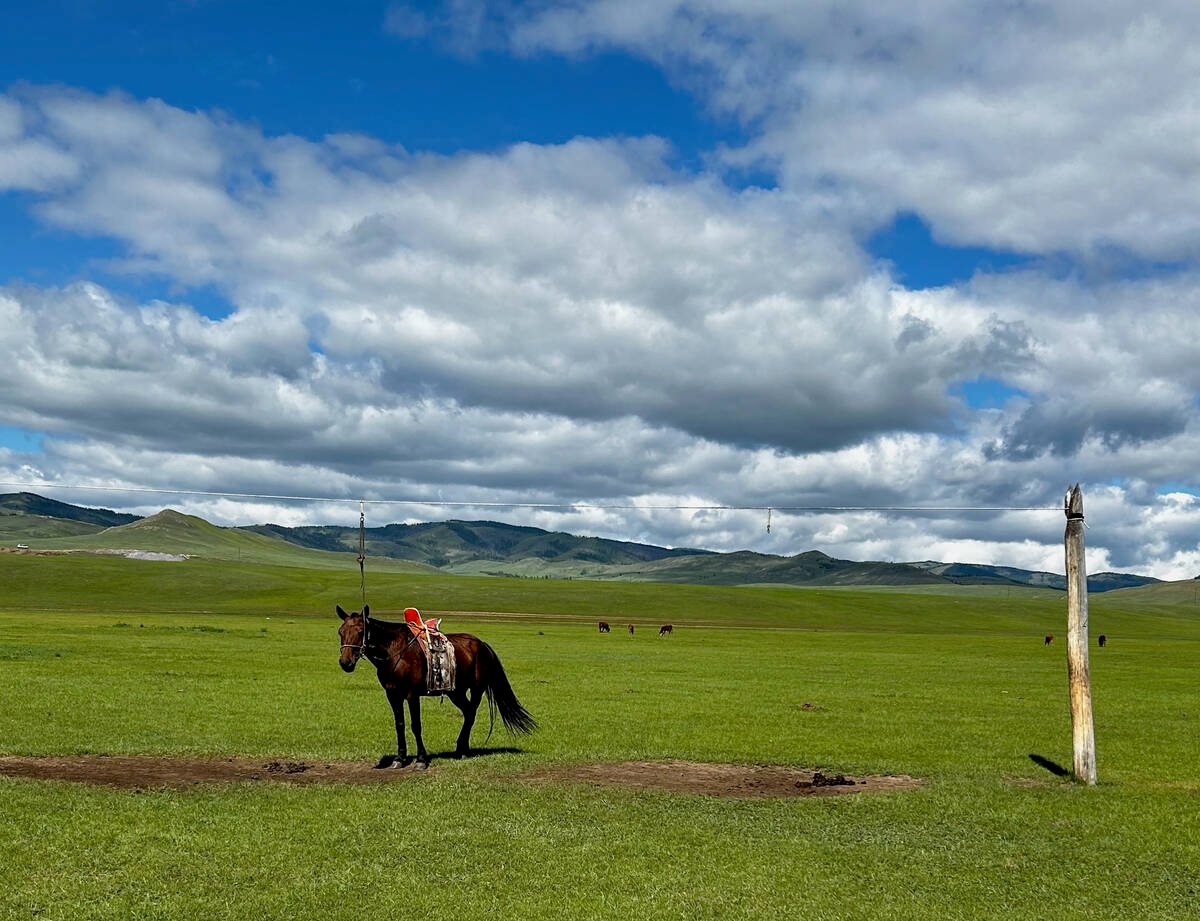Nobody volunteers to crawl underneath for a look when loaded cattle liners come through the vehicle inspection station at Coutts, Alta., heading for Montana.
Nevertheless, liners and many other trucks and trailers did get inspected at the June 7-9 Roadcheck 2011 that took place across Alberta. It’s an annual event designed to promote safety in commercial vehicles that ply the nation’s highways.
In Coutts, near the Alberta-Montana border crossing, Russ Fikowski said trucks chosen randomly undergo the Commercial Vehicle Safety Alliance Level 1 inspection, which is standard across North America.
Read Also

University of Saskatchewan experts helping ‘herders’ in Mongolia
The Canadian government and the University of Saskatchewan are part of a $10 million project trying to help Mongolian farmers modernize their practices.
Transport officers first use a portable brake tester on all axles. Then it’s onto a visual and mechanical inspection that includes lights, wheels, tire pressure, steering components, exhaust system, all suspension components, low air warnings and buzzers, load security, appropriate placards, driver documents and log books.
The process takes about 25 minutes if all is well, said Fikowski, a 26-year veteran of the job.
“Most truckers are quite happy to do it.… They’re very interested to see how their brakes and trucks are. They’re more concerned than we are. Most of them are quite good about it. And it’s for their own safety as well.”
Trucks that pass inspection receive a decal that is valid for three months, freeing them from other inspections during that time unless transport officers spot something obvious at weigh scales or other sites.
Officers who find faults that affect safety put the trucks out of service. Fines can also be issued when warranted, Fikowski said.
Murphy’s Law being what it is, the first truck seen by a reporter during a recent visit to a check stop failed a brake test on almost all counts, which officer Jeff Austin said is unusual. Failure on one or two axles is not uncommon, but full failure is fortunately rare.
The truck was halted pending mechanical remedy.
So was a truck with a driver over the allowable limit for operating hours. A truck with smoking tires was made to sit for a cool-down until it was safe to examine. Another was allowed to proceed after fixing a malfunctioning taillight.
Andrew Enns of Coaldale, Alta., pulled in with a super-B loaded with grain. He was philosophical about the process while applying and releasing trailer brakes for the officers.
“I think it’s a good thing. In a way, it sucks for the truck drivers because we’ve got to get somewhere, but in the grand scheme of things, I think it’s a good thing.”
Thirty-two trained officers were involved in this venue of the three-day road check, which operated 24 hours a day.















